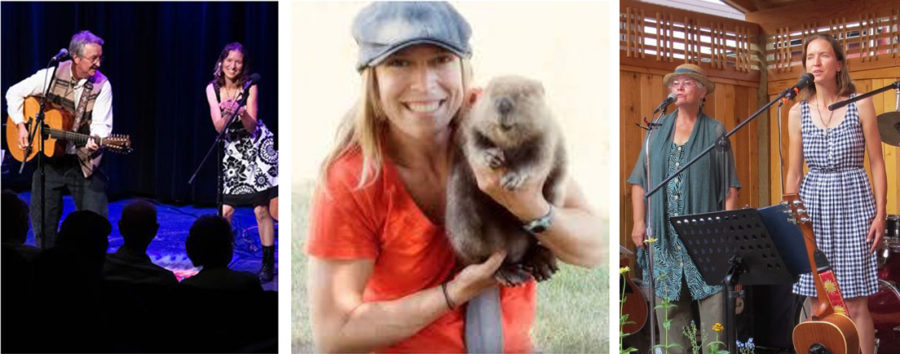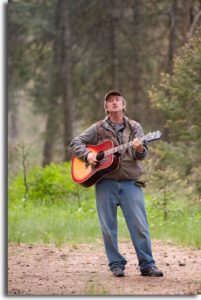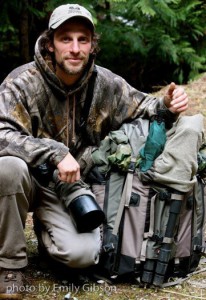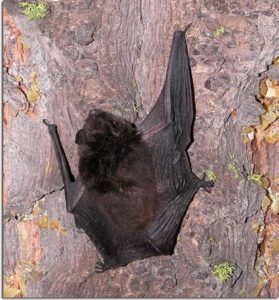Chew on This
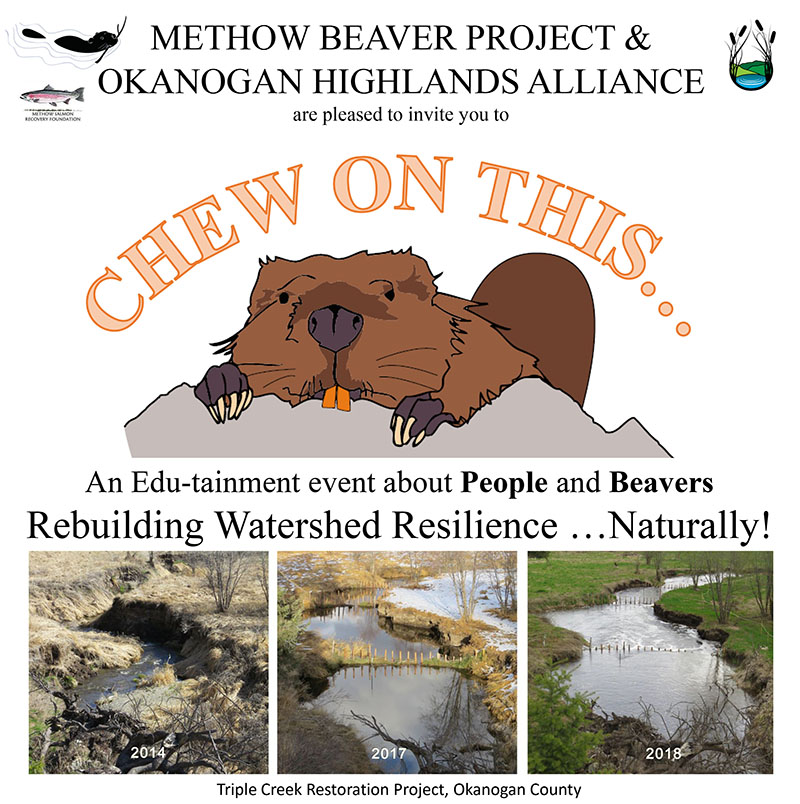
January 31st at the Merc Playhouse, 7pm
101 S. Glover St, Twisp, WA
An Edu-tainment event about People and Beavers Rebuilding Watershed Resilience …Naturally!
METHOW BEAVER PROJECT & OKANOGAN HIGHLANDS ALLIANCE
are pleased to invite you to join special guests Julie Vanderwal, Ken Bevis, Sandy Vaughn & Sarah Koenigsberg for an evening of music, engagement, joy & learning about people & beavers teaming up for watershed restoration!
For more info www.methowbeaverproject.org
General Admission – Suggested Donation $10
